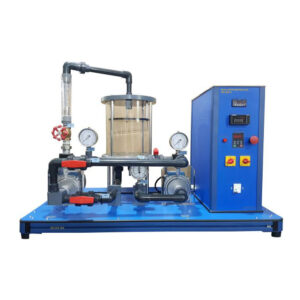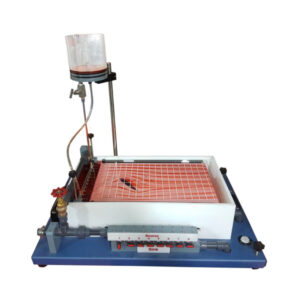The interior of the car is cooled using the vehicle’s air conditioning system. They typically aspirate the air to be cooled from the interior and operate on the basis of the recirculating air principle. A fan propels the chilled air produced by the air conditioning system into the cabin of the car. A compressor, a condenser with a fan, and an evaporator acting as an air cooler with a three-stage fan and expansion valve make up the refrigeration circuit used to produce the cold air in the trainer. All system parts are common aspects found in automotive technology. For instance, the air cooler with the three-stage fan is fitted with the normal air vents seen inside a car. This gets us really close to practicing. The trainer uses a standard automotive 12VDC power supply to run. Even the ability to lock the ignition has been added to the system. The compressor is driven by an electric motor using a magnetic contact and a V-belt. In order to imitate the drive via the vehicle engine, a frequency converter allows for variable adjustment of the motor’s and the compressor’s speed. Pressure, temperature, flow rate, and the compressor’s power consumption are among the significant characteristic factors that are shown. Eight connectable problems have been installed specifically (optional). The system is especially effective for teaching motor mechanics. The comprehensive course materials outline the fundamentals and offer a step-by-step walkthrough of the experiments.
Software IRC-1913SW (optional)
DAQ software specially designed in National Instrument™, LABVIEW™ environment to measure and calculate the results of apparatus. The software is optional and while using software a set of electronic sensors are included. Software can be run with any Windows™ environment




